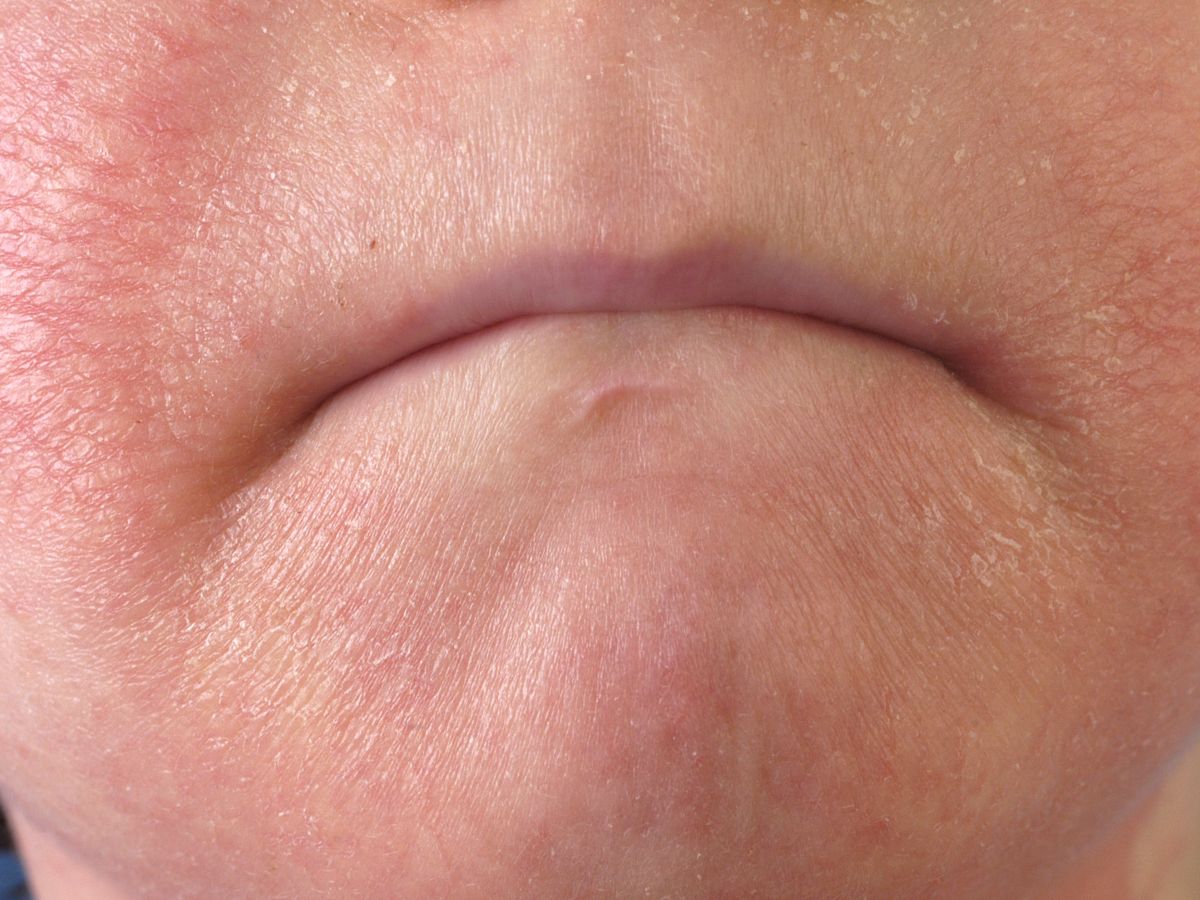
Congenital Ichthyosiform Erythroderma (CIE) is a rare genetic skin disorder that presents at birth. Babies with CIE often have red, scaly skin that can be uncomfortable and prone to infections. This condition affects the skin's ability to shed dead cells, leading to thick, dry patches. CIE can also cause hair loss, nail abnormalities, and issues with sweating. While there's no cure, treatments focus on managing symptoms and improving quality of life. Understanding the facts about CIE can help families and caregivers provide better support. Here are 30 key facts about this challenging condition to help you understand it better.
Key Takeaways:
- Congenital Ichthyosiform Erythroderma (CIE) is a rare genetic skin disorder causing red, scaly skin. It affects daily life and may lead to psychological effects and social challenges.
- While there is no cure for CIE, treatments focus on managing symptoms and improving quality of life. Daily skincare routines, support groups, and ongoing research offer hope for the future.
What is Congenital Ichthyosiform Erythroderma?
Congenital Ichthyosiform Erythroderma (CIE) is a rare genetic skin disorder. It affects the skin's ability to shed dead cells, leading to thick, scaly patches. Understanding this condition can help those affected manage symptoms better.
-
CIE is a genetic disorder: This condition is inherited in an autosomal recessive manner, meaning both parents must carry the gene for a child to be affected.
-
Characterized by red, scaly skin: Babies with CIE often have red, inflamed skin covered in fine, white scales.
-
Appears at birth or shortly after: Symptoms usually present themselves within the first few days of life.
-
Caused by mutations in specific genes: Mutations in the TGM1, ALOX12B, and ALOXE3 genes are commonly associated with CIE.
-
Affects both genders equally: There is no gender predisposition; males and females are equally likely to inherit the disorder.
Symptoms and Diagnosis
Recognizing the symptoms early can lead to better management of CIE. Diagnosis often involves genetic testing and clinical evaluation.
-
Persistent redness: The skin remains red and inflamed, a condition known as erythroderma.
-
Thickened skin: Over time, the skin becomes thick and scaly, particularly on the palms and soles.
-
Frequent infections: The compromised skin barrier makes individuals more susceptible to bacterial and fungal infections.
-
Itching and discomfort: Constant itching can lead to significant discomfort and sleep disturbances.
-
Hair and nail abnormalities: Some individuals may experience hair loss or brittle nails.
Treatment and Management
While there is no cure for CIE, treatments focus on managing symptoms and improving quality of life.
-
Moisturizers are essential: Regular use of emollients helps keep the skin hydrated and reduces scaling.
-
Keratolytic agents: These help to remove the thickened layers of skin, making it smoother.
-
Topical steroids: These can reduce inflammation and redness.
-
Antibiotics for infections: Prompt treatment of skin infections is crucial to prevent complications.
-
Retinoids: Oral retinoids can help normalize skin cell production, reducing scaling.
Living with CIE
Daily life with CIE involves a consistent skincare routine and awareness of potential complications.
-
Avoiding triggers: Heat, humidity, and harsh soaps can exacerbate symptoms.
-
Regular check-ups: Frequent visits to a dermatologist help monitor the condition and adjust treatments as needed.
-
Support groups: Connecting with others who have CIE can provide emotional support and practical advice.
-
Education and awareness: Educating family, friends, and teachers about CIE can foster a supportive environment.
-
Adaptive clothing: Soft, breathable fabrics can reduce irritation and improve comfort.
Research and Future Directions
Ongoing research aims to better understand CIE and develop more effective treatments.
-
Gene therapy potential: Scientists are exploring gene therapy as a possible future treatment for CIE.
-
New medications: Research into new topical and oral medications continues to advance.
-
Improved genetic testing: Advances in genetic testing can lead to earlier and more accurate diagnoses.
-
Patient registries: These help researchers collect data and identify patterns in the condition.
-
Clinical trials: Participation in clinical trials can provide access to cutting-edge treatments.
Impact on Quality of Life
CIE affects more than just the skin; it can impact overall well-being and daily activities.
-
Psychological effects: Living with a visible skin condition can lead to anxiety and depression.
-
Social challenges: Individuals with CIE may face social stigma and isolation.
-
Physical limitations: Severe cases can limit mobility and physical activity.
-
Financial burden: The cost of treatments and frequent medical visits can be significant.
-
Family dynamics: Caring for a child with CIE can affect family relationships and dynamics.
Final Thoughts on Congenital Ichthyosiform Erythroderma
Congenital Ichthyosiform Erythroderma (CIE) is a rare genetic skin disorder that affects many aspects of a person's life. Understanding its symptoms, causes, and treatments can help those affected manage their condition better. Early diagnosis and consistent care are crucial for improving quality of life. While there is no cure, treatments like moisturizing creams, retinoids, and specialized skincare routines can alleviate symptoms. Support from healthcare professionals, family, and patient communities also plays a significant role in coping with CIE. Awareness and education about this condition can lead to better support systems and advancements in treatment options. By staying informed and proactive, individuals with CIE can lead fulfilling lives despite the challenges posed by this rare disorder.
Frequently Asked Questions
Was this page helpful?
Our commitment to delivering trustworthy and engaging content is at the heart of what we do. Each fact on our site is contributed by real users like you, bringing a wealth of diverse insights and information. To ensure the highest standards of accuracy and reliability, our dedicated editors meticulously review each submission. This process guarantees that the facts we share are not only fascinating but also credible. Trust in our commitment to quality and authenticity as you explore and learn with us.
